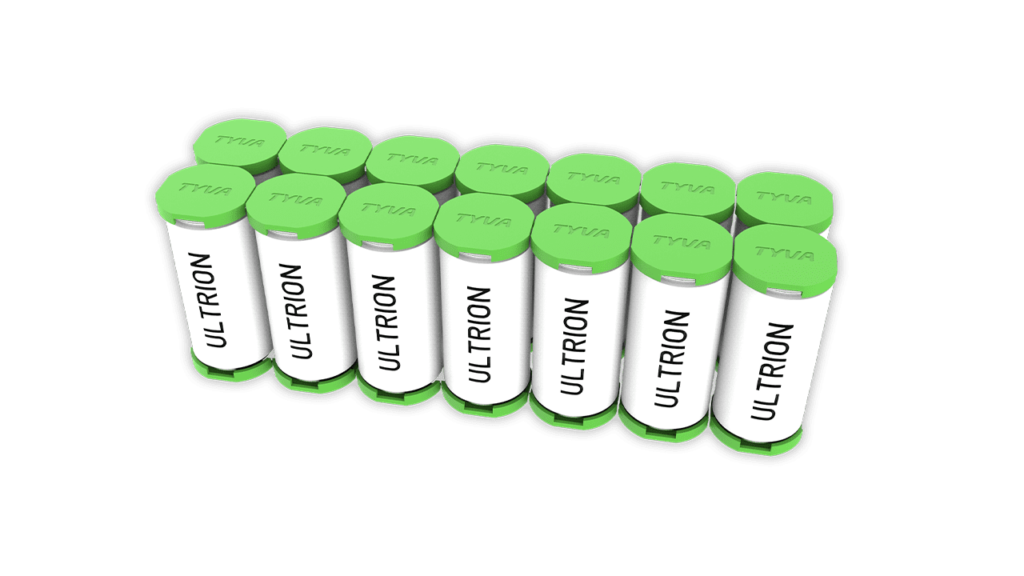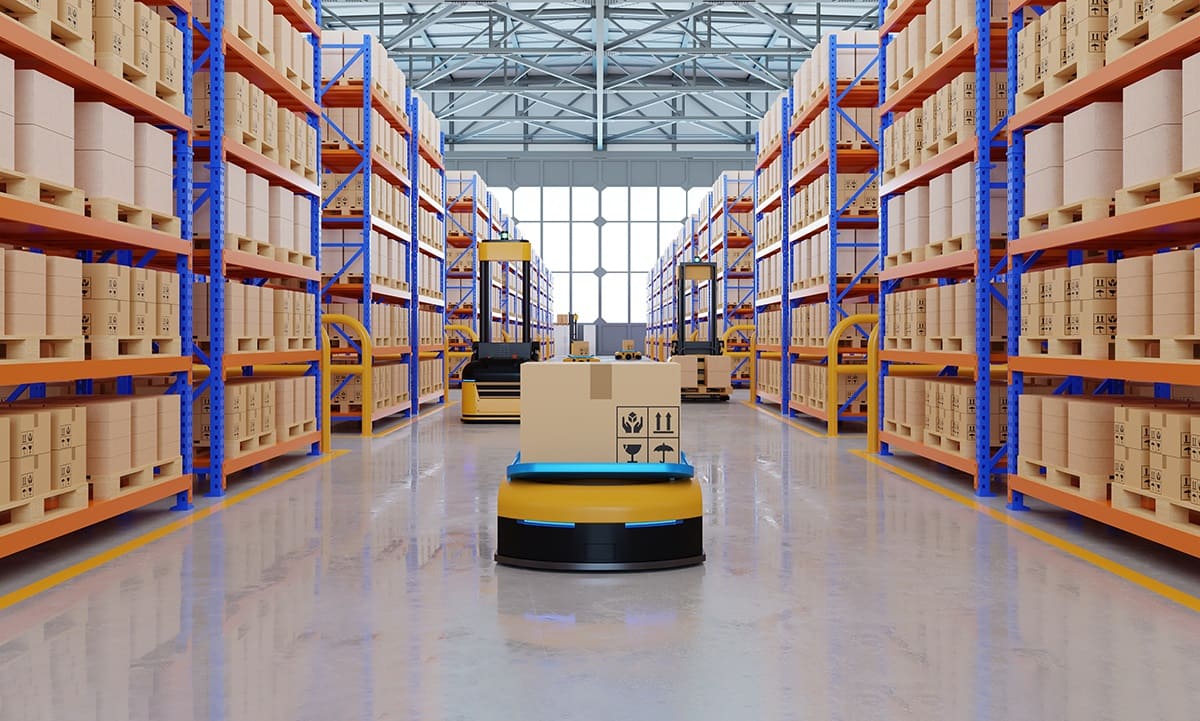Let's get in touch
A project you want to discuss about? Need more information? Want to know more about our sustainable and modular lithium batteries solutions?
Home > Our technologies > Ultrion

Nowadays, there are multiple electrochemical cells technologies allowing to quickly recharge energy autonomous systems in a sustainable and responsible way. These cells are the batteries’ main components which determinate their power, longevity and capacity. Fast charging was historically achieved with chemistries such as lead and nickel. Then, lithium and the emerging of the LIC technology (Lithium Ion Capacitor) finally established themselves to address fast charging issues.
Among the most popular chemistries, the Nickel Manganese Cobalt (NMC) has an excellent weight to energy ratio for high quality and affordable cells. Although they are quite common, lithium batteries fitted with NMC cells are often considered as dangerous notably when a thermal runaway occurs. It is essential to accompany lithium batteries with the proper technologies in order to avoid it. The Lithium Iron Phosphate chemistry (LFP) or LiFePO4 benefits from a more stable composition. It is also popular thanks to its durability and competitive price. However, LFP has an energy density 3 times lower compared to NMC which explains why these chemistries are competing.
Many others lithium technologies have emerged on the market such as Lithium Titanate (LTO). It is characterized by its longer lifetime as well as its exceptional recharge speed 9 times faster than a standard cell. In a fast-moving world, the LIC hybrid technology (Lithium Ion Capacitor) allows to achieve ultra-fast charging within ten seconds only. However, this chemistry has a very low energy density. Fast charge is an increasingly requested feature which slowly appears regarding lithium batteries. It has many advantages but also a few disadvantages.
Ultra-fast charging implies to have last generation cells fitted with a specific technology with many benefits. Since it is related to the cut of recharging time, this technology allows on one side to optimize the recovery of strong energies for a more important system’s operating rate. On the other side, it allows to significantly reduce the battery’s size as well as the Total Cost of Ownership (TCO). Indeed, some lithium batteries no longer need to have a great energy capacity in order to answer the market’s new purposes. They simply require to benefit from more frequent recharges. Fast charging also brings to cells a very low self-discharge and much longer lifecycles. It leads to less maintenance and a better sustainability for energy systems.
Thus, we reduce the TCO by encouraging fast charging which implies more frequent recharges for applications notably thanks to opportunity charging. This method consists to fill a product with energy only during its imposed down-times. It provides time saving thanks to the cells’ technology permitting ultra-fast charging, but also thanks to the fact we only charge the application while it is not used. As an example, an AGV (Automated Guided Vehicle) used is a logistics warehouse will be regularly solicited for years. However, its frequent ultra-fast charging won’t alter its longevity nor imply extended waiting time during charge phases. Ultra-fast charging allows the AGV to keep operating continuously thanks to opportunity charging. It enables charges between uses besides providing fast recharges so the AGV is always powered with energy.
Cells authorizing ultra-fast charging have a low internal resistance as compared to the standard cells’ one. It allows to avoid temperature rise during charging phases. The minimal impact of temperature on cells as well as on lithium batteries will be translated into a longer lifetime.

Although cells fitted with a fast charging technology benefit from a better TCO, their initial cost remains much higher than an NMC or LFP standard cell. Besides this first major drawback, there is also these cells’ low energy density. Rather than being designed to provide an exceptional amount of energy inside a reduced format, they represent a more sustainable long-term high-power source conditioned inside a greater mass. The end of charge balancing can also be problematic for the lithium battery if it doesn’t feature a proper management system (BMS).
Another significant downside is what we need to use the suitable charger for fast charging according to the requested charging time. The charger needs to be more powerful than a classic one in order to support a high charge power between the battery and its application. To this end, a specific electrical system is essential which inevitably implies additional constraints whether in terms of cost or layout.
In order to bring a relevant solution to issues related to the applications’ ultra-fast charging, TYVA Energie has developed the Ultrion technology. It benefits from an energy density 12 times higher than the LIC’s one. This technology ensures ultra-fast charges and discharges in the order of 50 C (current equal to 50 times the nominal capacity) in both phases. It also provides to batteries a longer lifetime higher than 10 year.
To this day, Ultrion technology is compatible with our Moduloo Ax battery solution’s 25.2 V (7S) and 50.4 V (14S) versions. These modules can be connected in series to create high voltage battery systems up to 800 V. As a hybrid lithium ultracapacitor, this last generation process provides an ultra-fast charging to lithium batteries up to 50 C within a minute, for cells with an exceptional lifetime up to 50 000 cycles.
Corresponding Ultrion technology modules benefit from a low Equivalent Series Resistance (ESR) thanks to their laser-welded internal connections. It enables to limit any internal warming. Ultrion’s recharge operates with the opportunity charging method. Thus, it is a technology suitable to power all types of applications in various sectors:
Learn more about lithium batteries for robotics applications

Ultrion modules can be connected with one of TYVA Energie’s BMS Slave fitted with multiple features. Thus, it is possible to obtain data regarding the systems through the CAN 2.0B communication bus to optimize the application functioning. Moreover, the BMS ensures the power optimal management during charge and discharge phases as well as cells balancing in order to improve their durability and available energy.
In addition to Ultrion ultra-fast charging technology, TYVA Energie also masters NMC and LFP chemistries in High Power version. These standard cells are currently the ones inside our lithium batteries.
| Cell type | |||||
| Chemistry | |||||
| Weight | |||||
| Nominal voltage | |||||
| Battery voltage | |||||
| Nominal capacity | |||||
| Nominal energy | |||||
| Energy density | |||||
| Internal impedance (AC) | |||||
| Charge time at 20°C | |||||
| Number of cycles with a 80% DOD | |||||
| Initial cost | |||||
| Lifetime (1 cycle per day) | |||||
| Total Cost of Ownership (TCO) | |||||
| Maximum charge | |||||
| Maximum discharge | |||||
| Charge temperature | |||||
| Discharge temperature | |||||
| Storage temperature |
A project you want to discuss about? Need more information? Want to know more about our sustainable and modular lithium batteries solutions?